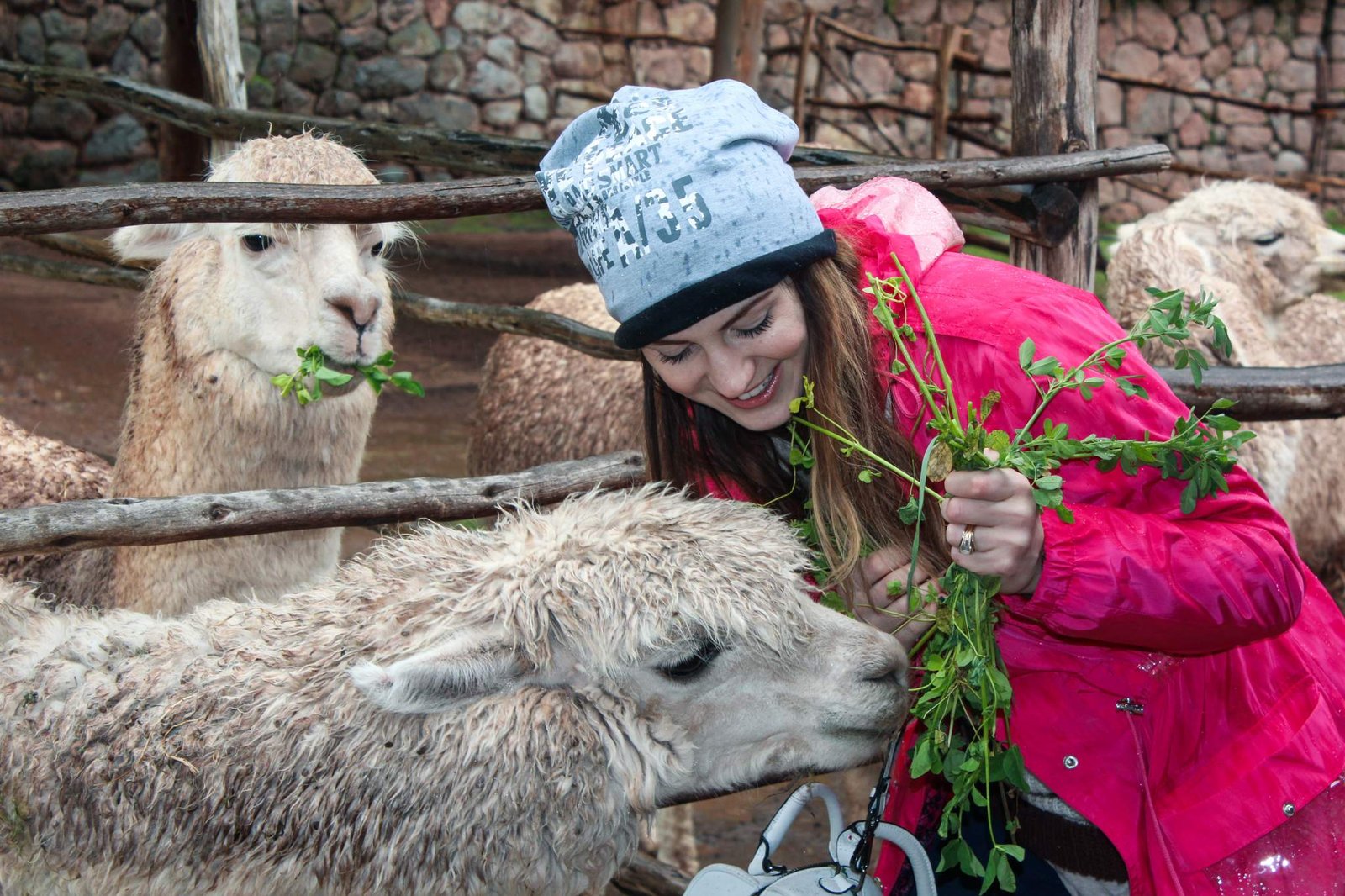
Why Alpaca is the Most Sustainable Animal on Earth
Alpaca is the most sustainable animal
Alpaca sustainable wool is very popular today . You’ve probably heard of llama and alpaca. They’re both domesticated South American animals, and the alpaca’s beautiful wool has become very popular in recent years, and so have the traditional Peruvian textiles that are made from this unique material. Items made from alpaca wool can be found in homes, popular hotels, and even restaurants in many places, but you’ll see them everywhere in the region. Guanacos and vicuñas are relatives of the better-known alpacas and llamas, and very shy, living in less-populated, higher-altitude regions of the Andes. You might spot one from afar, if you’re lucky.
The wool known as “baby alpaca” is actually just the softest part of an adult alpaca’s coat, not wool from baby alpaca. It’s as soft as cashmere, and more durable. It’s less likely to pill, and it’s comparable in price to fine cashmere.
Alpaca are domesticated, but they are not typically kept fenced in by the farmers who raise them. They spend their lives roaming throughout the mountains, where they serve their role in the native ecology. Farmers catch and shear them, and then release them to continue their roaming. They aren’t killed for their wool, and this sustainable farming method has been practiced for thousands of years.
Alpaca wool is the greenest fibre on Earth
Alpaca are perfectly suited to the mountainous environment, unlike imported sheep and cattle. They’re more efficient than other grazing livestock, as well. They eat the tops of plants so that they can regrow, while sheep often tear up plants, and their hooves also tend to tear up the ground, while Alpaca walk lightly on softer hooves. They eat plants that many other grazers find unappealing, including brush, fallen leaves, and other kinds of vegetation.

Why alpaca wool ?
The alpaca wool is quite extraordinary : lightweight and warm.
And since the wool grows naturally in a variety of colors — from white to beige, brown and gray colors it is not dyed.
There are 25 shades of hair from off white to grays to browns to black that can be long and straight or crimped and fluffy. You can get 10 to 12 pounds of hair from an alpaca once a year
Alpaca wool is recognized as one of the most luxurious fabrics in the world.The wool is silky like cashmere but it wears better.
- Extremely soft – smoother than silk
- Hypoallergenic – resists dust mites
- Naturally sweat and fire resistant
- Longer wearing than almost any other fiber.
- Warmer than wool
- Lighter than any other fabric

They’re also more efficient producers than cotton plants, requiring less water than cotton plants to produce the same amount of fiber. While they also need food, they also produce fertilizer to replenish the land. Alpaca have efficient digestive systems that produce manure that can be used to enrich garden soil directly, without needing to be composted.
The Spanish conquistadors brought their cattle, sheep, pigs and horses with them from the old world, and drove out the alpaca and other native animals. Its range was greatly reduced, and Ecuador has lost most of its alpaca traditions. Today, Peru is home to about 90% of the world’s alpaca and is the main source of alpaca fiber.
Their wool comes in about 20 different colors, ranging from white to dark brown, with shades of tan and orange. Today alpaca fiber is categorized into 22 different colors in the United States, and fiber artists prize this fiber for all kinds of crafts. It has high tensile strength and other properties that make it ideal for many purposes. It’s very durable: archeologists have even found remnants of alpaca textiles from centuries ago at sites in Peru. One adult alpaca produces enough wool in one shearing for 4 or 5 sweaters. In comparison, a cashmere goat only produces enough for 1/4 of a sweater per shearing.
Buying something made from alpaca wool is usually an eco-friendly, sustainable choice. Make sure that the wool came from a Peruvian alpaca farmer. Many alpaca sustainable wool goods are made with a combination of traditional techniques and modern technology. A well-made alpaca-wool sweater or blanket will last many years with proper care. These unique South American animals are well-worth supporting.
Are you in love with these sweetest animals as much as I am ?
Here is where you can meet them up close and personal and learn more about alpaca wool .







Leave a Reply